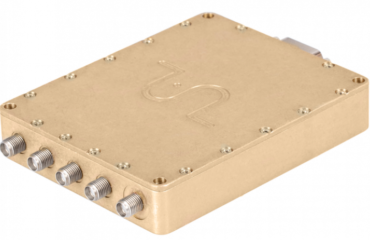Radar and Electronic War (EW) is one of the indispensable elements of modern warfare. These technologies play a critical role in superiority in military operations, discovery and blocking the enemy’s communication. In this article, we will examine Radar and Electronic Warfare issues more closely.
Radar Technology
Basic Principles of Radar
Radar ( Radio Detection and Radio Propagation ) is a technology that enables the detection of objects by using electromagnetic waves. The basic principle of radar is that the radio waves sent are reflected by objects and these reflections are perceived to determine the distance, speed, and direction of the targets.
Military Applications of Radar
Radar systems in the military field are used for various purposes, such as detecting enemy aircraft, monitoring ships at sea, control of air defense systems and air traffic management. These systems offer the ability to detect and prevent enemy threats early.
Electronic Warfare (EW) Technology
Electronic Warfare is a technology used to manipulate electromagnetic energy in order to disrupt the enemy’s communication, block radar systems or destroy the enemy’s electronic systems. This provides the ability to weaken the enemy’s communication or to change the course of war by disabling its critical systems.
Electronic Warfare Applications
Electronic Warfare is used in air, sea and land operations. They have applications such as fooling enemy radars, disrupting command and control systems, blocking wireless communication. It also provides the ability to control unmanned aerial vehicles and neutralize the enemy’s unmanned systems.
Relationship Between Radar and Electronic Warfare
Radar and Electronic Warfare are closely related. When using electromagnetic waves to detect the enemy’s presence, the Electronic Warfare manipulates the enemy’s electromagnetic waves, disrupting radar systems. This provides a strategic advantage on the battlefield.
Radar and Electronic Warfare is an integral part of modern warfare. These technologies play a critical role in superiority in military operations, detection of the enemy and preventing communication. These technologies are expected to become more important in future conflicts.



